A Brief History of ATV Performance Products

Shining a Light on the Rich Backstory of the All-Terrain Aftermarket
It is the trait of humankind that when something new is presented to the masses, the masses want to make it better, faster, more efficient, or flashier. When the wheel was invented in 3500 BCE during the Chalcolithic era someone probably thought that if the surface of the wheel were smoother, it would go faster.
So it was with the Conestoga Wagon, horseshoes, steam engines, and cars, so it was with the ATV industry in its infancy. As the weird three-wheeled machine started showing up in the dunes people started recognizing their limitations and the aftermarket community started producing parts.
The Three-Wheeler Revolution
On the early ATCs, the engine was the easiest upgrade because the ATC 90 engine had started life in Honda Trail 90 minibikes back in 1967. There were already replacement pistons, valves, carburetors, and add-on oil coolers available. Machine shops were getting stripped spark plug thread holes for the scrawny 12mm spark plug so for years these shops profited on rethreading the stock hole for a 14mm that could take the torque. The same applied to Yamaha and Kawasaki.
Even more ambitious owners were finding companies that manufactured swing arms for the rear of the first ATCs allowing your bottom some small bit of suspension. Front suspension options really did not happen until about 1983 when the ATC 125s came stock with a suspension front fork. With some creative wrenching and longer control cables, there was some relief for your pumped-out arms.
Off-Road Racing on Three Wheels
In 1981 the ATC came to the Baja 1000 for the first time to compete with the 250R. Mark Weixeldorfer, Dean Sundahl, and Mike Chester won that first race in 24 hours 52 minutes, and 22 seconds, beating out second place by nearly four hours. The winners reported only one flat tire, and another started going down close to the finish. Honda swept the top three positions in the new ATV class.
With that win came a slew of new options because of things learned in the wilds of Baja California. Mark Weixeldorfer found issues with the stock seat height, padding, and square design that rubbed his inner thighs raw. Soon his Wax On product line supplied seats with better padding that was taller and a rounded design that did not rub the inner thigh. The taller seat helped reduce fatigue in desert races where the rider is constantly standing and sitting for hours. Weixeldorfer became a four-time Baja 1000 class winner on three wheels.
Enter The Quad
By 1982 the three-wheeler and now four-wheel ATVs were firmly entrenched in the off-roading world, being ridden on sand dunes, desert tracks, mountain trails, and even being put to work on farms and ranches. Suddenly the ATV was fitted with aftermarket racks that served different purposes from hauling hay bales and trailing tools and equipment in the workplace, to hauling ice chests, EZ-Ups, chairs, and tables for recreation.
With these four-wheel ATVs came upgrades in suspension and engine displacement from the manufacturers. But was this enough for John and Joan Q. Public; obviously not, they needed modifications to be better, stronger, and faster. The aftermarket answered as quickly as the manufacturers could turn out new models.
The Modern ATV Used For Work and Play
Because ranches and farms could span many square miles and are often only able to access some of the fields by county or state roads, the aftermarket came up with street-legal kits so they could be operated on public roads. These kits usually featured turn signals, a horn, tail, brake lights, and backup lights. Some states registered them as a motorcycle, while others fit them in under a farm equipment license, treating them to the same rules of the road like tractors, grain carts, or combines.
Upgrades in Safety
As popular as the utility ATVs were in the rural areas, their numbers were many times that for recreational purposes. Luckily, the upgrades for performance products were matched by safety outfitters to protect the rider from harm due to a lack of talent or common sense. Manufacturers of safety gear like Malcolm Smith, Fox Racing, O’Neil, Bell, Alpinestars, and many others protected the masses from head to toe. In the early to mid-1980s Bell was the helmet sales leader with their Bell Moto 3 and 4 line.
The Three-Wheeler Exits and the Quad Stands Alone
After the three-wheeler was outlawed in 1987 all attention turned to the Quad market and fewer manufacturers were servicing the now-defunct trike. Honda, Yamaha, Kawasaki, and Suzuki were all making more powerful machines capable of much higher speeds. But was that enough for John Q and Joan Q Public? What do you think?
The Quad had one distinct advantage and led to other advantages, that extra tire on the ground made for a more stable platform. It also meant that suspension was now much better than before because of independent front suspension. This brought longer front arms and improved shocks, meaning more travel and better handling. Because you are going faster and have more parts exposed underneath the quad the skid plate game was upgraded as well.
But it did not stop there, with more capability came more uses for the quads which were now being used in rock crawling. One thing became apparent quickly, a foot peg does not offer much protection to your foot when slammed against a six-ton boulder. This leads to foot peg Nerf bars and rock slider plates to protect your little piggies.
Where Are We Now?
The Quad aftermarket selection is all-inclusive these days from safety to engine to suspension performance. With enough money, you can go headfirst down a rabbit hole of parts and gear and apparel and be the snazziest thing on the dunes.
If you want to race your Quad, there is still a large selection of events from the AMA, SCORE, Best in the Desert, and a host of others. But if you are thinking about running the Dakar Rally, that dream will have to be tackled on two wheels. The Dakar Rally organizers recently canceled the Quad class, naming the lack of entries as the main reason.
Polaris, Honda, Yamaha, Kawasaki, and Can-Am are the leading Quad manufacturers for today’s enthusiasts to choose from. Each has a dedicated line of aftermarket parts to choose from.
Exhaust upgrades are still considered the most sought-after upgrade for ATV riders. Clutch and suspension are typically considered the second and third most popular parts, followed by snorkel intakes and tires.
Even with the overwhelming sales of UTVs the ATV market still is projecting $9.2 Billion in sales for 2024, with projections through 2029 estimating an increase to $13 Billion according to Consumer Affairs. In 2023 Consumer Affairs tracked 682,000 ATV sales globally, the highest number achieved ever. It is estimated that 1.2 million Americans own an ATV.
The performance aftermarket industry is valued currently at $1.46 Billion according to Market Research Future with growth projections through 2032 of $2.2 Billion. Those kinds of numbers will keep the aftermarket industry battling for their slice of the rather large pie.

John is a motorsport and off-road freelance writer and author of several off-road racing books. He started off-roading young with his family in the deserts of the southwest United States. John lives in the Pacific Northwest with his wife and a persnickety Coonhound named Opie, his only son proudly serves in the Army.
More by John Elkin






















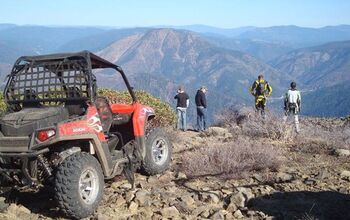
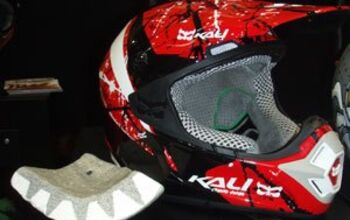
![Don't Try This at Home: Muddy Crash [video]](https://cdn-fastly.atv.com/media/2022/10/24/8744120/don-t-try-this-at-home-muddy-crash-video.jpg?size=350x220)


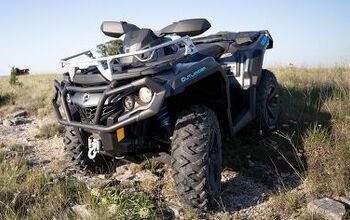
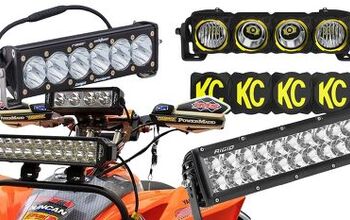


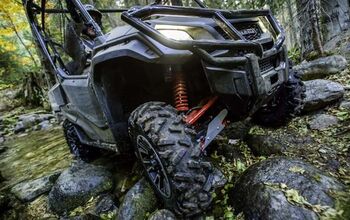
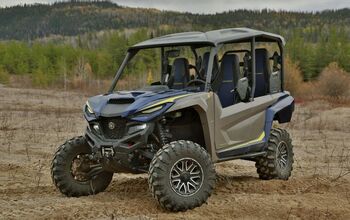
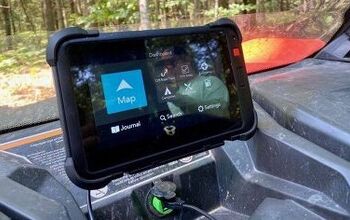




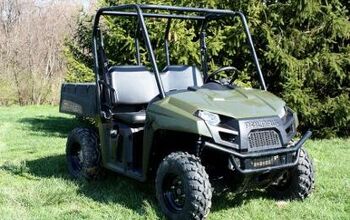

Comments
Join the conversation